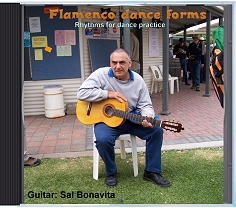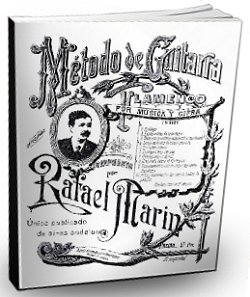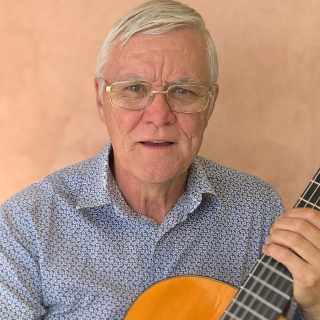What is Compas
This is the metered out rhythm, or beat cycle of a dance/song form. It is the basic element of flamenco rhythm. Specifically, compas is a recurring cycle of beats analogous to a bar of music. The beat cycle may be 2, 4, 6, 8 or 12 beats, depending on the rhythmic form.

Flamenco CompasWhat Is It And Why Is It So Important?Although there are typical accents within the cycle that a beginner would learn, these accents may vary to accommodate the syncopated variations that artists introduce into the music. Rhythmic syncopations are inevitable as the music gets more complex, but the basic 'feeling' and 'heartbeat' must always be there for something to be called flamenco. After a brief flight of syncopated rhythm or melody, some of the typical accents are expected to return to the music and be clearly heard, like returning regularly to a home base. With 12 beat rhythms, it is especially important to know exactly where you are in the cycle. What you don't do is leave out a beat or add an extra one because you feel like it. There is enough scope to be creative in flamenco without being careless. If you like to wander off and do your own dreamy, musical thing when you get high on Marijuana, then I suggest you try calling your music Avante Garde, because flamenco does not tolerate experimental sloppiness. The Compas clock Keep in mind that by definition a 2 beat (Tarantos), 4 beat (Farruca), 6 beat (Sevillanas) or 8 beat (Tangos) rhythmic structure is also referred to as compas. However, let's have a brief look at the 12 beat compas. One of the best ways to learn the 12 beat compas is to visualise a clock face. Common 12 beat structures are Soleares, Alegrias, Bulerias, Guajiras, etc. For the sake of this article let's look at Soleares and see how the typical accents within the 12 beat structure can be related to a clock face. Visit the website for a complete visual description of all the major 12 beat forms. When you first learn about Soleares, you are told that it has accents on beats 3, 6 8, 10 and 12. This is made up of 5 sections: 3, 3, 2, 2, 2. If you picture a clock face, you can split it down the middle like a pie chart. Just imaging the 3, 6 8, 10 and 12 numbers on the clock face are darker, or bigger or in some other way highlighted so they stand out. The right hand half has 2 sections made up of 3 beats each, 12 to 3 and 3 to 6. The left hand half has 3 sections made up of 2 beats each. 6 to 8, 8 to 10 and 10 to 12. How this structure relates to dance of guitar can vary slightly in practice but these are the 'home base' accents. It should be noted that using the 12 positions of a clock face to indicate the typical accents of 12 beat forms is NOT a universally accepted concept. Be aware that there are flamenco people who will laugh at the idea as being overly simplistic. However, I believe this method of visualizing compas can be enlightening for beginners and helps to clear much of the fog surrounding flamenco rhythms. The point is that you should eventually aim to internalize the compas and 'feel' the rhythm without reference to visual aids. One of the things to avoid all costs, is to start thinking in terms of 'my interpretation is right and yours is wrong'. There is no wrong and right here. They are all simply that - interpretations - and in the end they all serve the same purpose. Once you have internalized the compas, I agree that is it best to stop relying on counting with numbers. But in the meantime, visualizing the 12 positions of a clock face will certainly help. Use a metronome Using a metronome is highly recommended to keep your timing from wandering. After you have bought a good pair of shoes or a new guitar, consider investing a flamenco metronome. These physical devices or, more commonly software packages are specifically designed for 12 beat compas flamenco forms. Other counting methods
There is no single concept formula that is better than another. Which counting method you adopt depends partly on which side of the railway track you were born on. If you dream up other methods that involve counting the carriages of an imaginary freight train, or counting pigs through a turnstile, that is entirely up to you. It may surprise you to know that some people don't count out the compas at all. They feel it, or beat it out with their foot or hands or simply verbalize it with rhythmic mutterings such as 'TAKA taka taka TAKA taka taka'...., or whatever. In dance class you will naturally be exposed to the preference of the teacher you end up with. One thing is for sure. Flamenco is not a random art form. Understanding the 12 beat count is absolutely essential before you can astound your family and friends at parties with your skill as a dancer (or guitarist). |
|

Download my CD
Flamenco Dance Forms

Rafael Marin
Flamenco guitar method 1902
Flamenco guitar method 1902
My classical guitar teacher.


